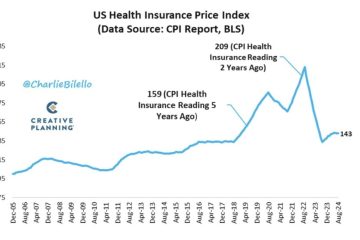The Growing Trend of Free Services in Today’s Economy

Introduction
In a world increasingly affected by economic uncertainty, the concept of ‘free’ has gained significant traction. With rising living costs and financial insecurity, consumers are actively searching for budget-friendly alternatives. This article delves into how various sectors are embracing the trend of free services, touching on its importance and relevance in today’s society.
The Emergence of Free Services
Free services are rapidly gaining popularity, particularly in the realms of technology, entertainment, and health. Mobile applications, software platforms, and streaming services have introduced freemium models, offering basic features at no cost while charging for premium options. For instance, platforms like Spotify and Zoom have seen a surge in user engagement as they provide free access to basic functionalities.
Moreover, the pandemic exacerbated this trend, with many companies offering free trials or complimentary services to retain their customer base amidst a slowing economy. Health services, in particular, have seen public health initiatives offer free consultations and vaccinations to boost community health while ensuring accessibility for lower-income populations.
Detailed Examples
From digital payment services like PayPal waiving fees for personal transactions to educational platforms like Coursera providing free courses, the sheer variety of sectors embracing free offerings is noteworthy. Additionally, public libraries and community centres are diversifying their programs, offering free workshops and events to engage the local community and foster learning. On social media, influencers and brands frequently run promotional giveaways, leveraging the ‘free’ concept to enhance their reach and engagement.
Impact on Consumer Behaviour
The proliferation of free services has continually altered consumer behaviour. Customers are increasingly conditioned to expect something for nothing, which raises questions regarding the perceived value of products and services. Market research indicates that consumers are more likely to experiment with new offerings if there is no financial risk involved. Consequently, businesses must navigate this changing landscape, finding a balance between providing free services and ensuring sustainable business models.
Conclusion
The prevalence of free services is reshaping not only how consumers approach spending but also how businesses strategise their offerings. As economic pressures persist, this trend is likely to continue, with companies transforming their business strategies to adapt to the growing demand for cost-effective solutions. The significance of free services will not just affect immediate consumer spending but could potentially influence long-term brand loyalty and consumer expectations. The evolving landscape presents opportunities for innovation and creativity in meeting customer needs within the constraints of a tight budget.









